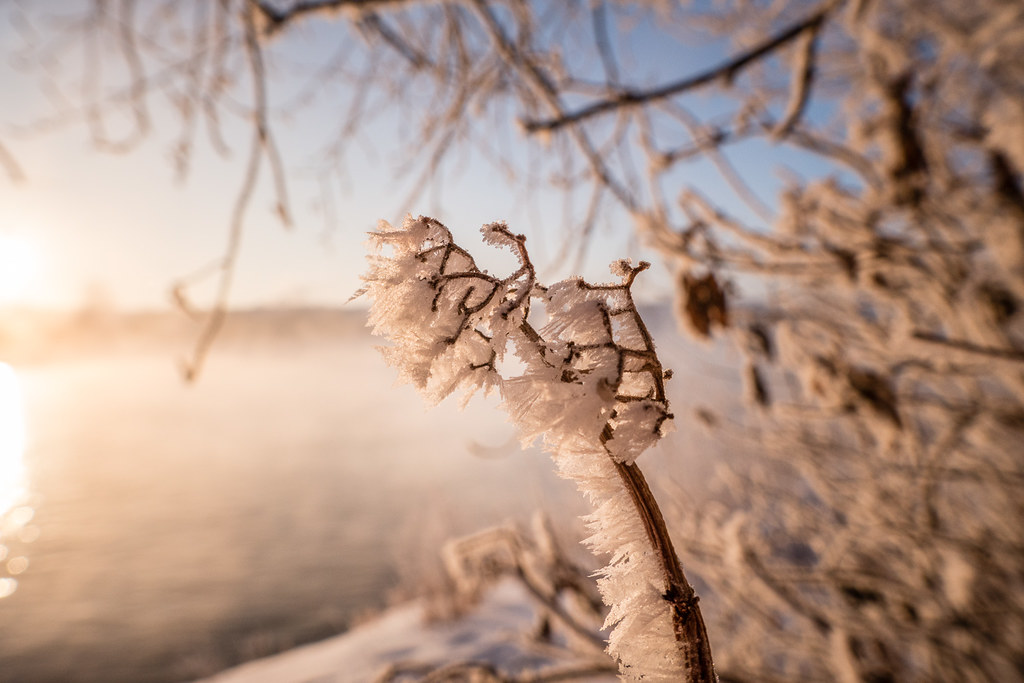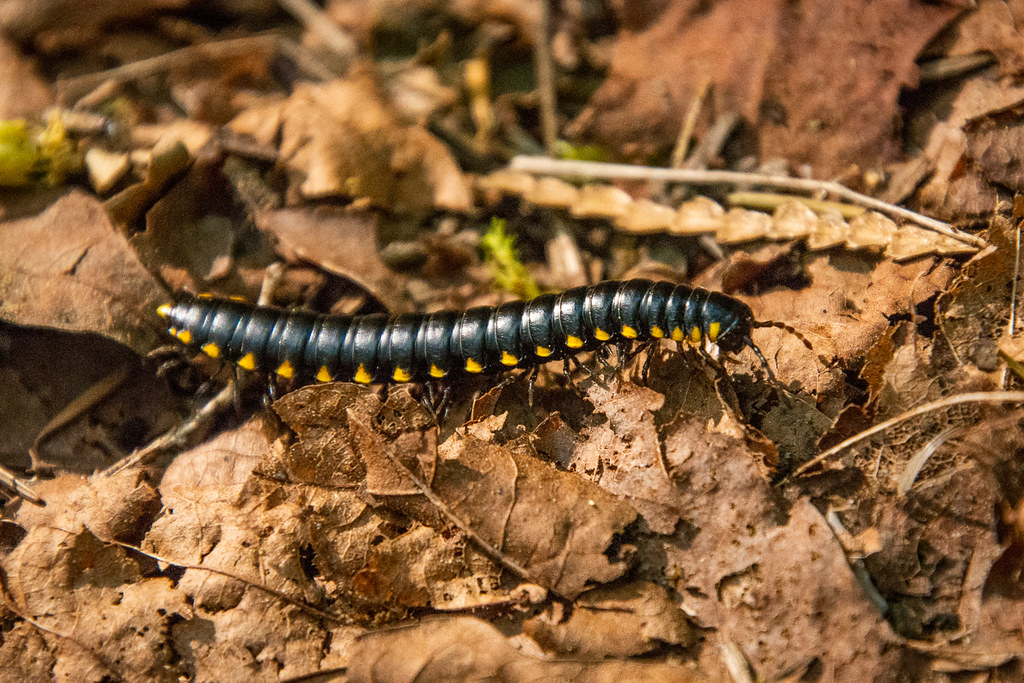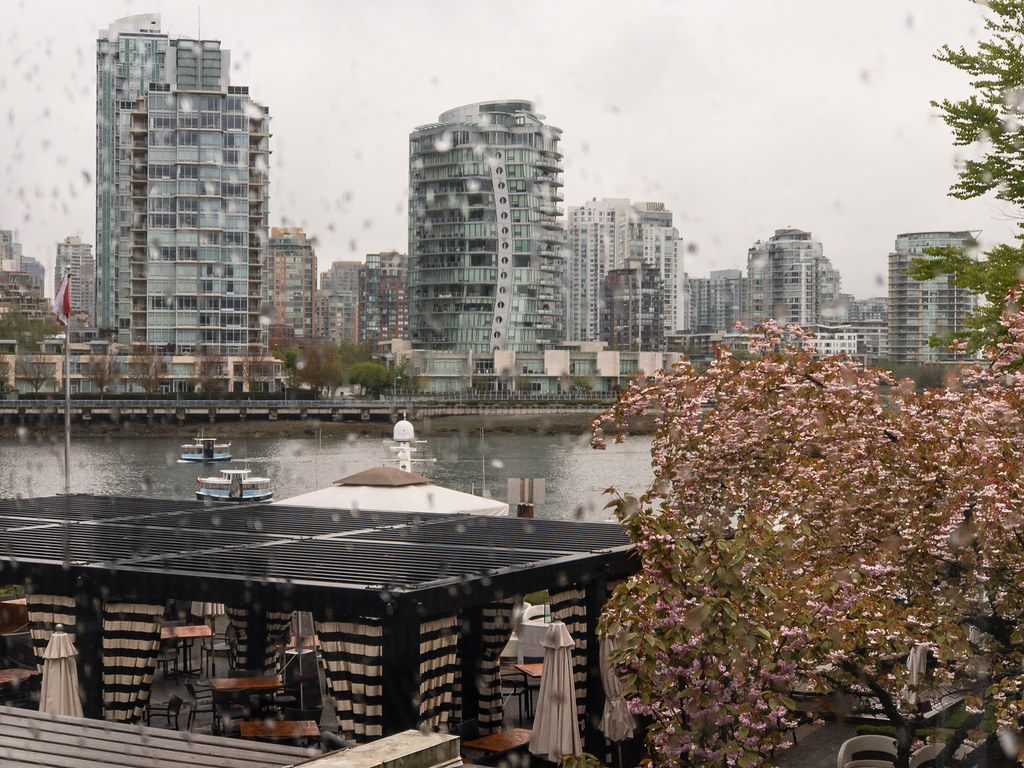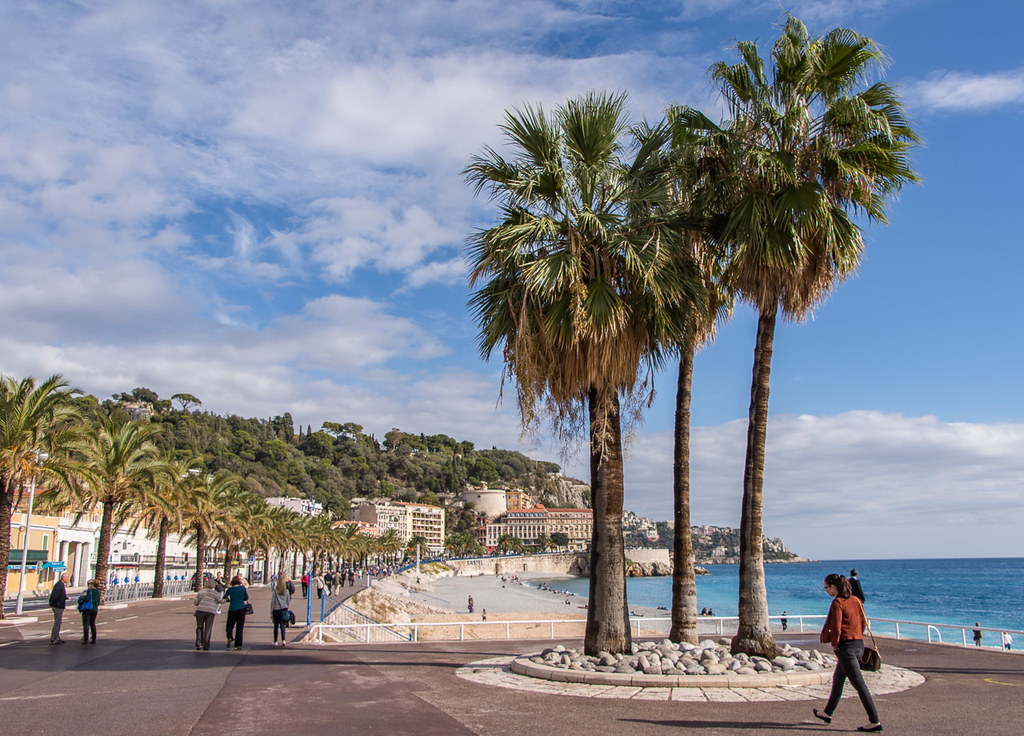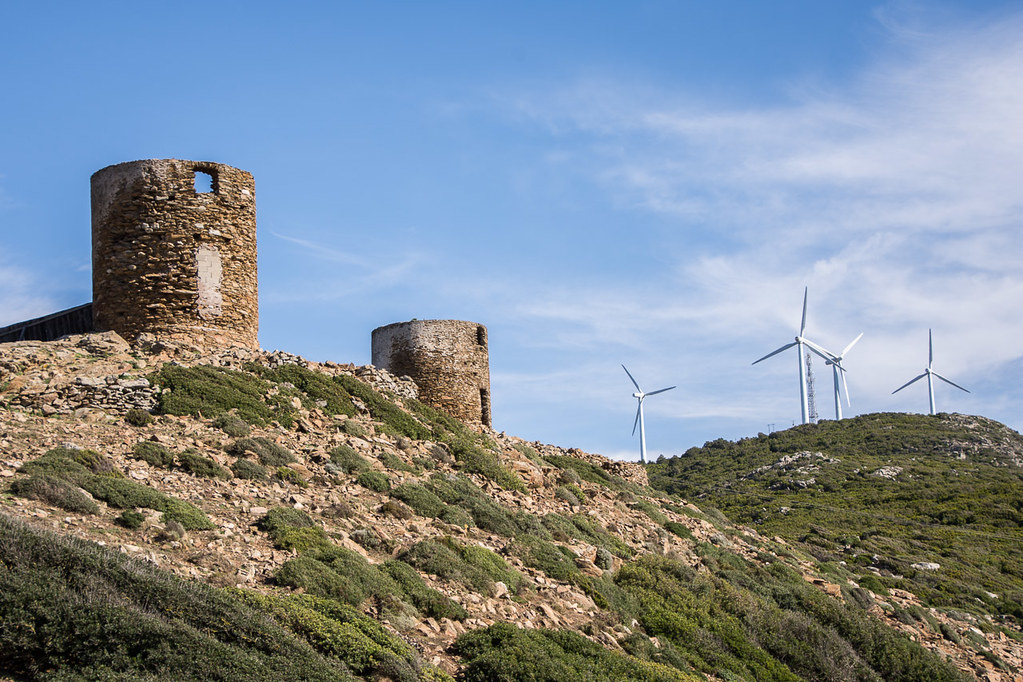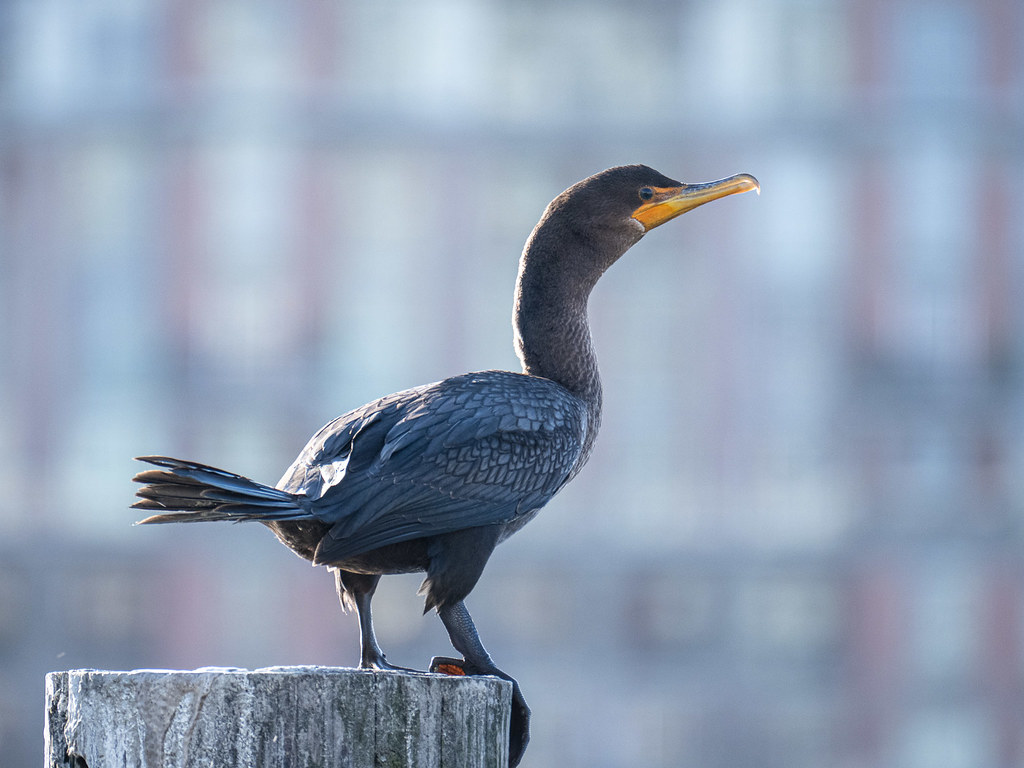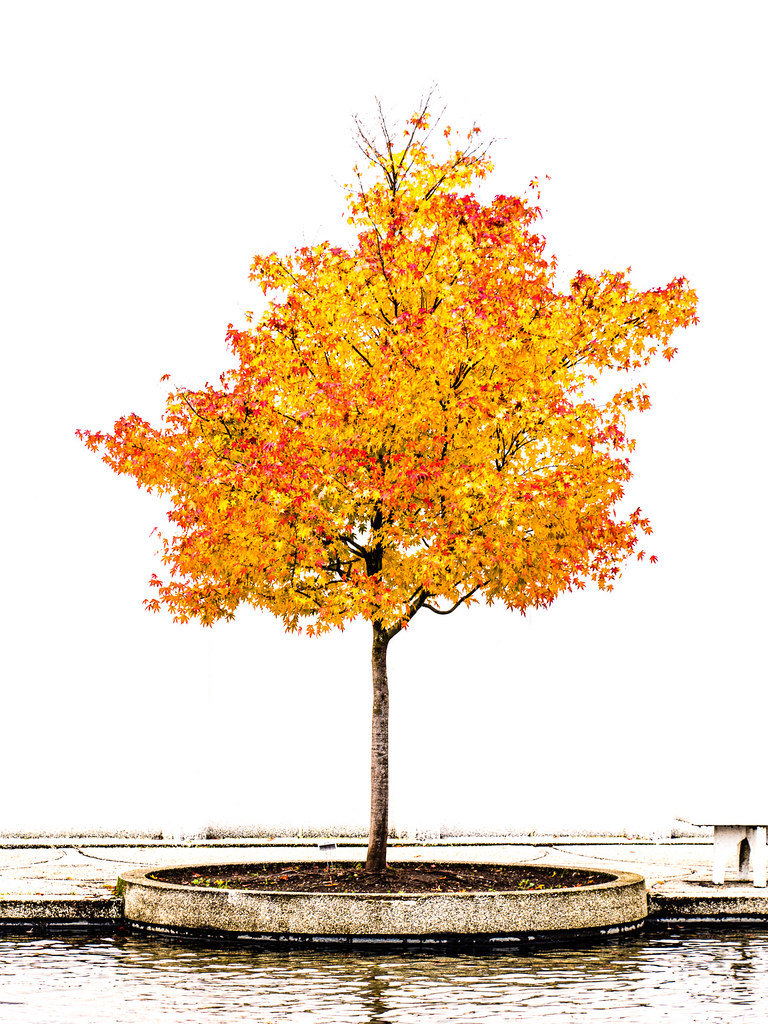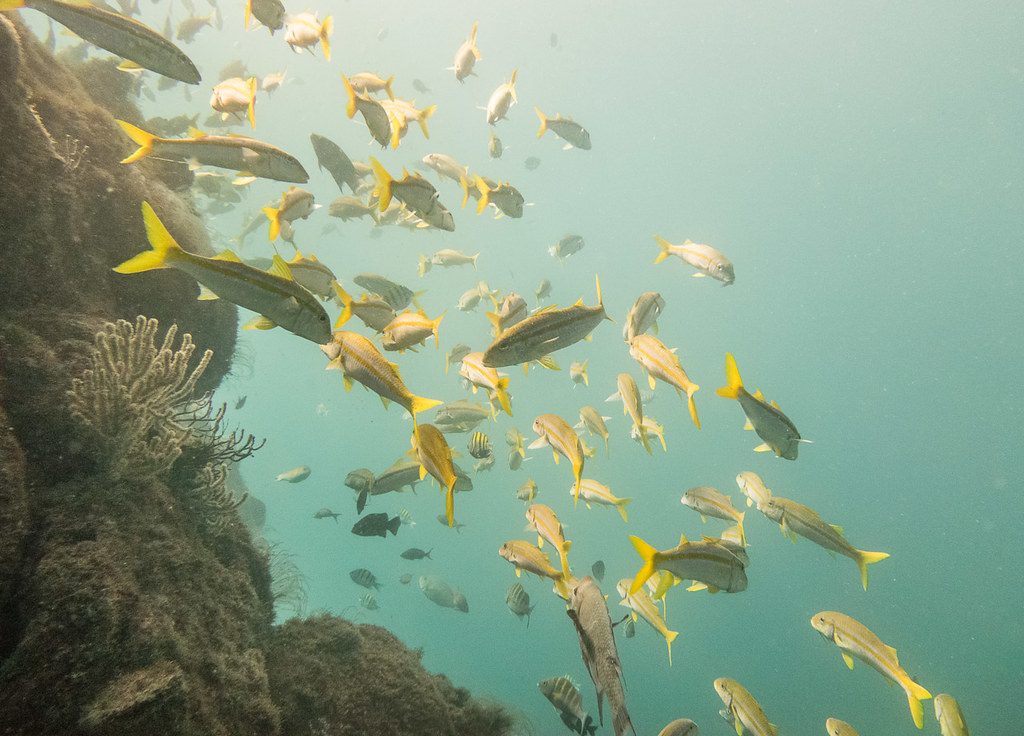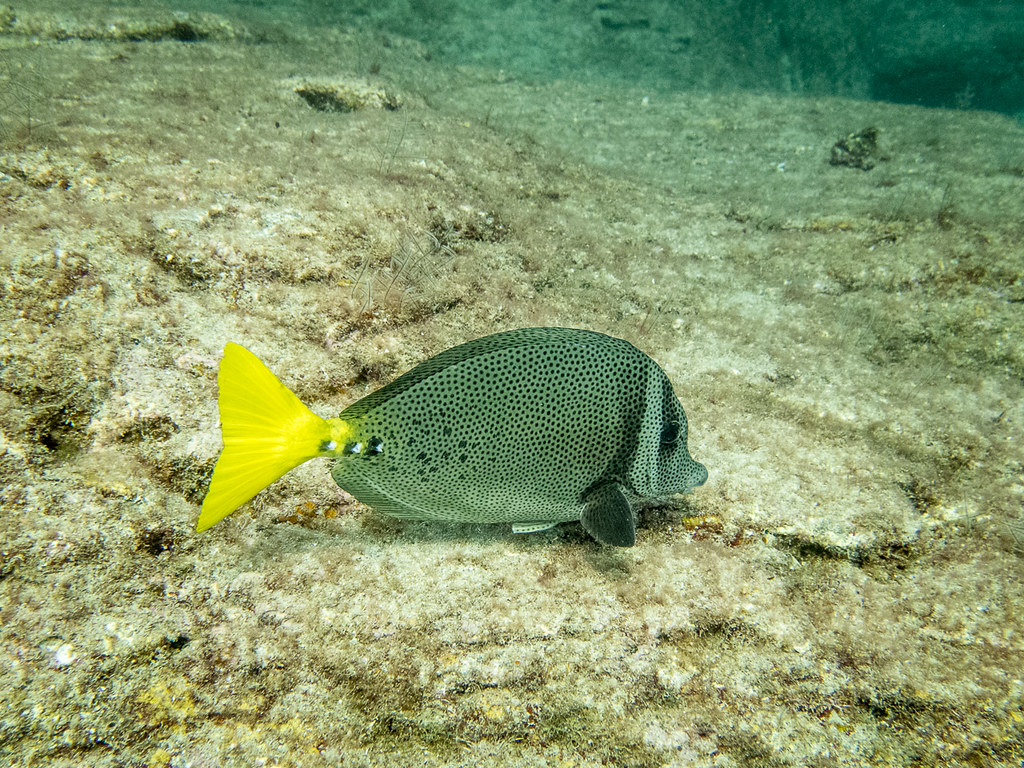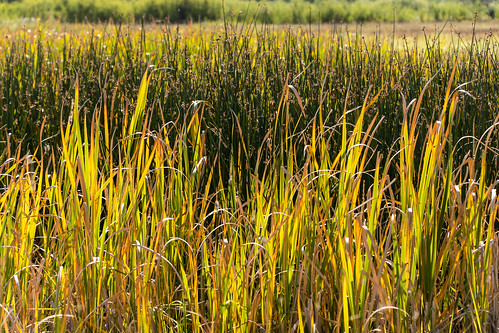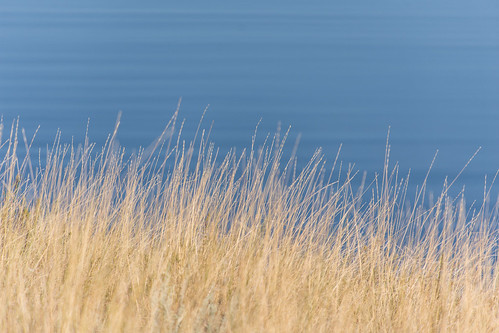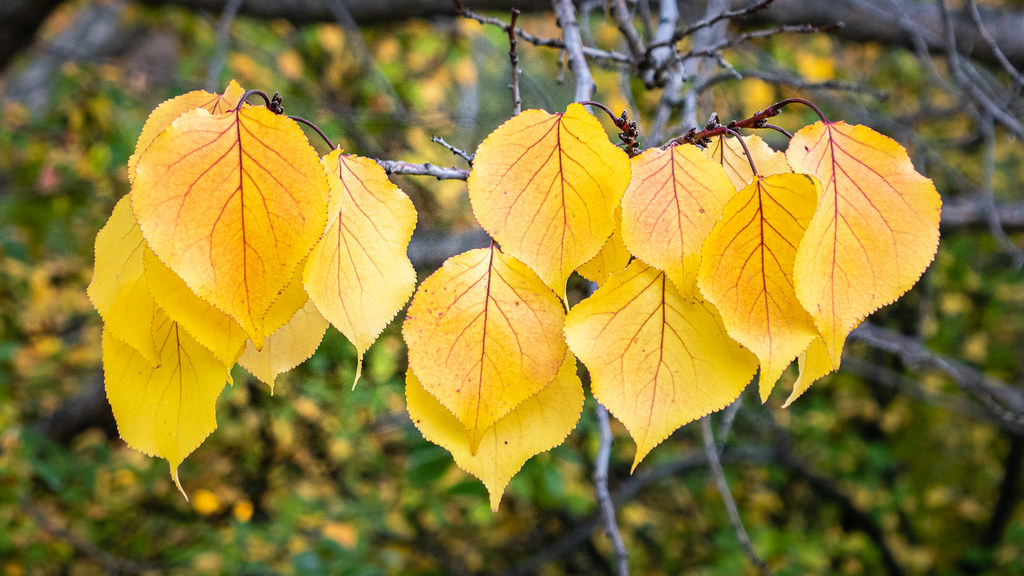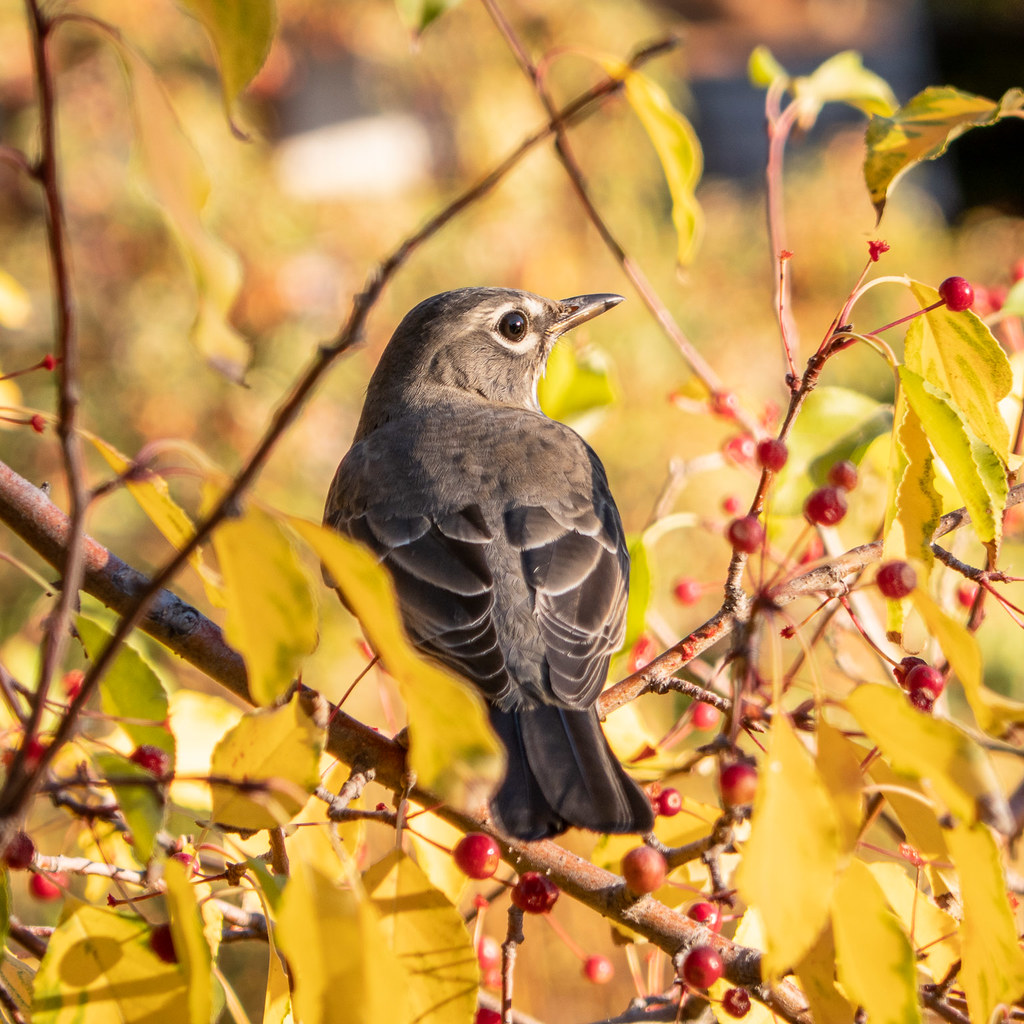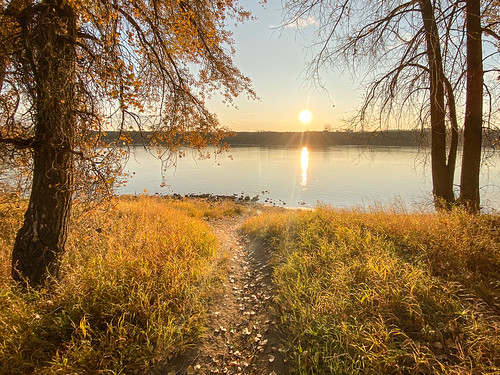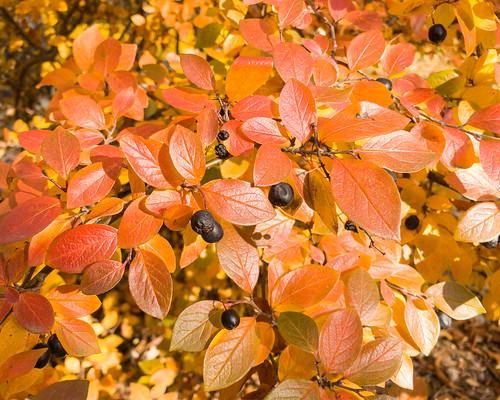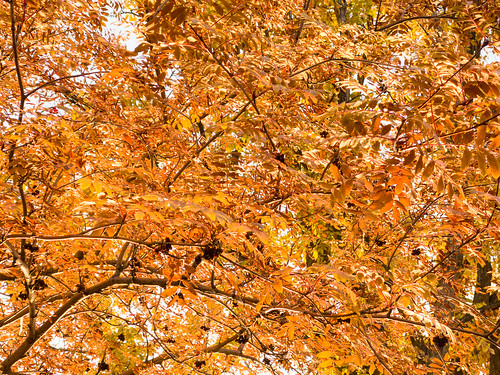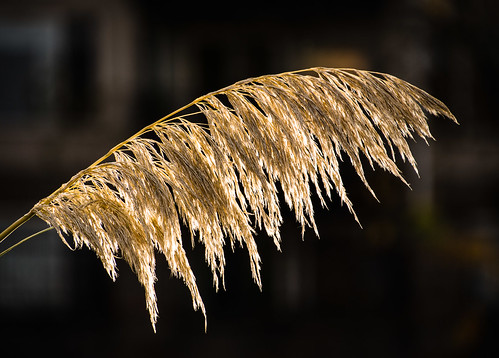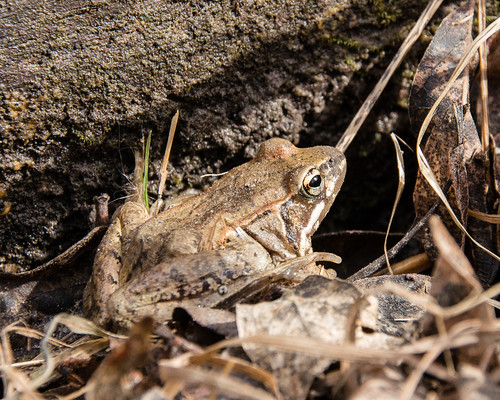“It is good to have dreams to work towards. To desire a world that is once again full of life is to conjure a singing, bright planet of wonder, awe and fear. It is to yearn to be taken to where the heart leaps for joy or trembles in trepidation. To be awe-full. That has to be a goal worth striving for.” [Nearby Wild]
Upcoming Events
The WildEcol Seminar Series is hosting an online presentation on using movement data from brown pelicans to answer ecological questions at 3:30 pm, Feb. 4.
SaskOutdoors is hosting an online Adventure Smart presentation by Saskatoon Search and Rescue at 7 pm, Feb. 8.
Join Wild About Saskatoon and expert guests for a NatureCity Conversation about starting native plants from seed from 7:30-8:30 pm, Feb. 10.
Looking Ahead
Wetland Knowledge Exchange is hosting a presentation on the Canadian model for peatlands: a national scale peatland carbon accounting model from 1-2 pm, Feb. 16.
As part of a webinar series on law’s relationship with the North Saskatchewan River, Cameron Jefferies will present ecological sustainability and intergenerational stewardship as preferable alternatives to sustainable development at 1 pm, Feb. 16.
The Saskatoon Nature Society is hosting an online presentation on wetland drainage and its impacts on biodiversity in the prairie and parkland region at 7:30 pm, Feb. 17.
Nature Regina is hosting an online presentation with updates on the Saskatchewan Breeding Bird Atlas at 7 pm, Feb. 21.
Carole Tink and Greg Kuntz will discuss Regina’s energy and sustainability framework in an SES/SPL online presentation from 7-8:30 pm, Feb. 22.
Full details about all upcoming events are listed on the EcoFriendly Sask Calendar
In-depth reporting provides a valuable explanation of the options and the issues involved in undertaking and financing carbon capture and storage on the Prairies. [The Narwhal]
“A tax on emissions forces firms to internalize at least some of the costs of dirty production, which incentivizes them to find cleaner ways of producing in the most cost-effective way possible.” [Futurity]
Natural gas cookers expose households to formaldehyde, carbon monoxide, and nitric oxide. They also leak a lot of methane (comparable to the carbon dioxide emissions of 500,000 gas-powered cars) even when they’re off. [Futurity]
Youth
An activist youth group is calling on the Oregon government “to end freeway widening projects that contribute to increased congestion and carbon emissions.” They may be having an impact. [Planetizen]
“If we are serious about tapping into education’s potential to help us achieve a more sustainable future, we need to recognize activists as educators and help build bridges between them and schools.” [Yes Magazine]
Nature’s Wonders
Joe Gray says he experiences pleasure when in the presence of insects and a sense of reverence. He reports on a two-part seminar in which he participated that discussed invertebrate animal sentience. [Ecological Citizen]
EcoFriendly Sask supports Saskatchewan environmental initiatives through an online publication, an events calendar, small grants, and the Nature Companion website/app. You can follow EcoFriendly Sask by liking us on Facebook, following us on Twitter, or subscribing by email (top right corner).






